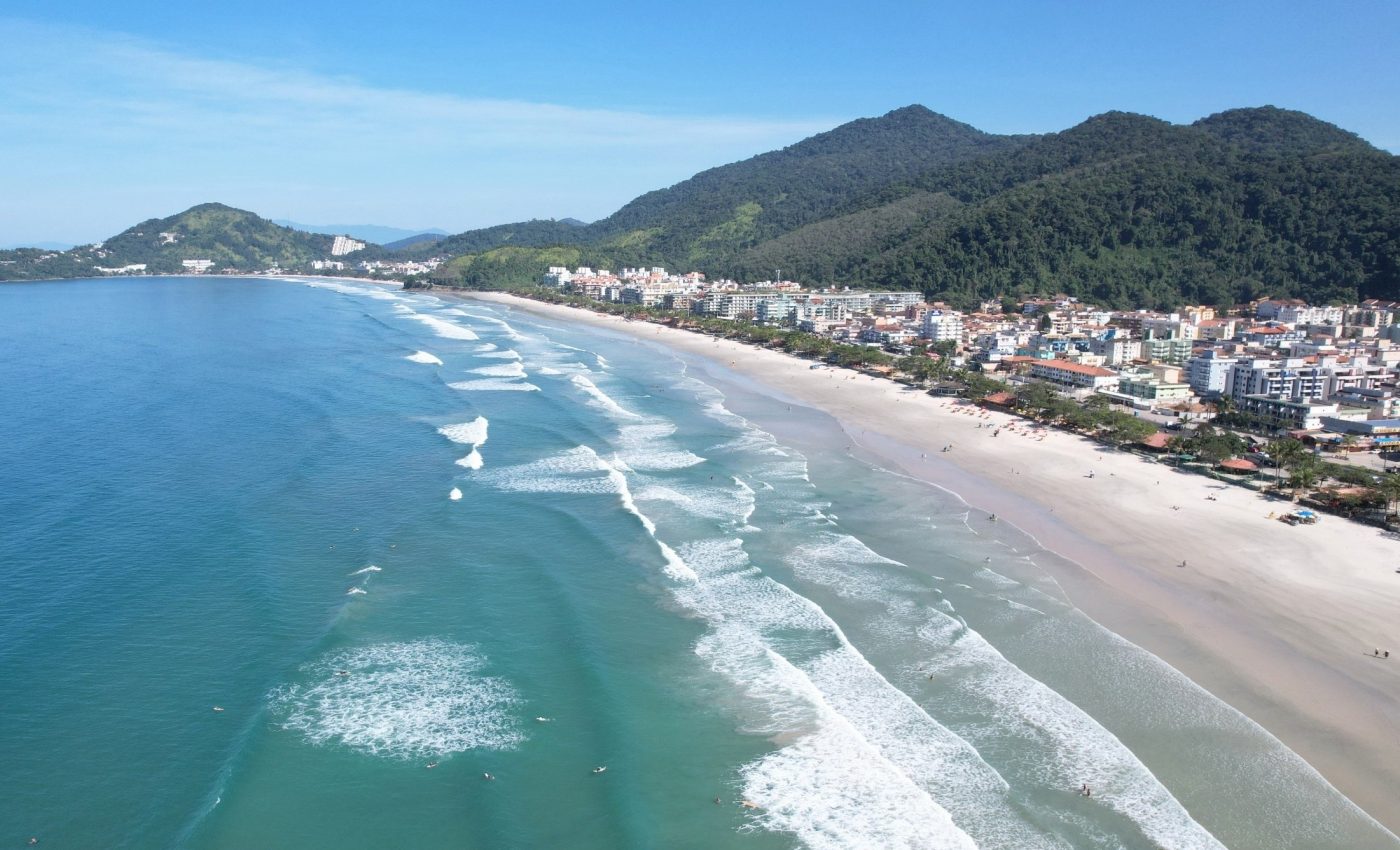
Beaches are vanishing - and coastal cities may be next
Beaches often feel eternal when we stand at the edge of the water. Waves arrive in steady rhythm. Wind moves across open sand. People gather at the shore for peace, joy, and work. Yet these places are changing faster than many realize.
Scientists warn that beaches face steady erosion and loss as climate and human development reshape the coast. Urgent action and cooperation is needed before many shores slip away.
Rising seas and growing cities press against sandy regions worldwide. This pressure brings a slow crushing of beaches and a loss of wildlife. Fishing and tourism suffer as sand narrows. Coastal towns also face stronger damage as the water moves inland.
These issues reached center stage at FAPESP Day Uruguay in Montevideo, where researchers shared new evidence and urged regional action.
Beaches facing erosion
Omar Defeo, marine scientist at the University of the Republic (UdelaR), explained the scale of the threat. “Almost half of the beaches will disappear by the end of the century,” he said.
Defeo stressed that Uruguay, Brazil, and Argentina share these coasts and must work together if they hope to protect them. His message created a sense of urgency among the participants.
Beaches serve as living systems shaped by wind, waves, and sediment. When any part weakens, problems spread quickly. Continued urban pressure removes protective natural structures, pushing the shore toward rapid change.
Many coastlines shrink because built areas replace natural dunes. Towns leave sand without space to recover after storms. This silence of natural buffers allows waves to move further inland.
How sand moves
Defeo described beaches as three linked regions. The dune sits above the high tide line and forms through wind driven sand. The beach face stretches across the zone exposed during low tide and covered during high tide.
The submerged foreshore extends into the surf. These regions depend on a steady exchange of sand. Wind sends sediment from dry areas toward the water. Waves push this material back toward land. The movement keeps the shore in balance.
Storms test this balance. Dunes act as shields and absorb wave power. When cities build over dunes, this protection disappears. Houses then face direct exposure during strong weather events.
If one zone weakens, every zone reacts. Defeo explained that this link explains why small disruptions create wide damage over time.
Hidden shore dynamics
Recent scientific work explores the idea of morphodynamics. This concept states that beaches respond to physical forces through constant adjustment.
When waves change strength, sediment shifts. When sediment shifts, the shape of the beach changes again.
This feedback creates a moving system. Beaches with fine sand and wide profiles respond faster to external pressure. They shift between steep reflective states and broad dissipative states depending on energy conditions.
Environmental stress disrupts these natural transitions. Rising seas push more water toward the coast. Stronger waves move sediment away faster than wind can return it. Human structures further restrict natural sand movement.
The result is a shoreline that cannot rebuild between events. Over time, erosion speeds up as the system loses resilience.
Local decisions with broad impacts
Defeo and Brazilian collaborators studied beaches along the northern coast of Sao Paulo. They surveyed ninety sites across 30 beaches.
The team’s analysis revealed clear patterns. Heavy beach use reduced species richness and biomass, especially in submerged regions.
Buildings on the sand and mechanical cleaning reduced these values even further. Only abundance increased near cities because opportunistic species, such as polychaetes, thrived on organic material linked to human activity.
“Above all, the study showed that human impacts aren’t restricted to the place where they occur,” Defeo said.
He explained that pressure on dry sand harms deeper zones, revealing how easily the system transfers stress. The study confirmed that local decisions create wide ecological effects.
Global beach erosion trends
Another collaborative study, published in the journal Frontiers in Marine Science, examined beaches worldwide. One-fifth of the 315 sites faced intense or severe erosion. The team evaluated sea level rise, wind patterns, and wave behavior.
Defeo noted that human actions strongly affected reflective and intermediate beaches. These types respond faster to shifts because waves break abruptly on steep slopes. Their shape makes them sensitive to both climate pressure and development.
Many regions now lack natural sediment supply. Rivers carry less sand because upstream dams trap material. Coastal structures prevent sand movement. These barriers weaken the natural cycle that maintains beach width.
Without sediment renewal, beaches narrow and cannot return to previous states. The result is a coastline locked in decline.
Regional action is needed
Leaders from Uruguay and Brazil also attended the opening ceremony of the oceanographic session in Montevideo. Their presence signaled support for continued research and cooperation.
The message from the symposium was clear. Beaches change because climate and human choices shape them every day. Protection requires regional commitment, scientific guidance, and respect for natural processes.
People understand the value of beaches in daily life, and the science now shows how closely the system connects. The future of these shores depends on decisions made with long-term vision.
The research was supported by FAPESP (the São Paulo Research Foundation).
The study is published in the journal Marine Pollution Bulletin.
—–
Like what you read? Subscribe to our newsletter for engaging articles, exclusive content, and the latest updates.
Check us out on EarthSnap, a free app brought to you by Eric Ralls and Earth.com.
—–













